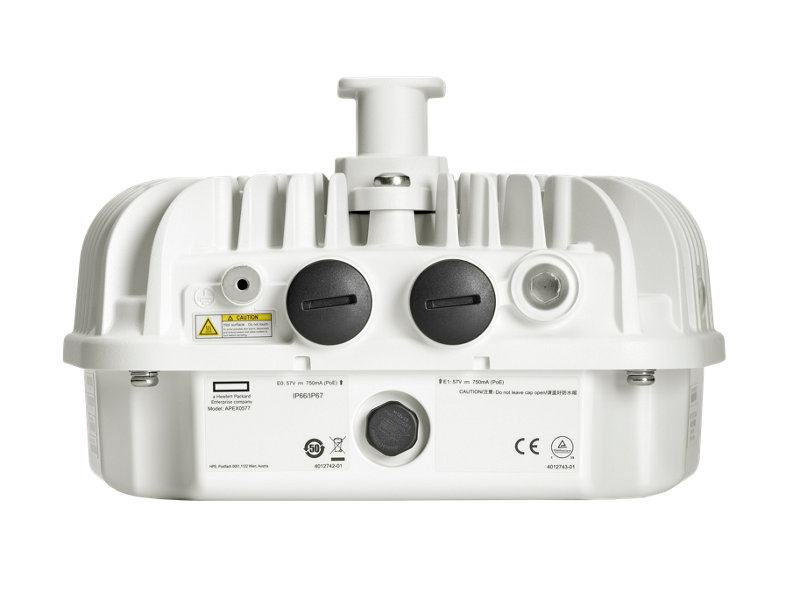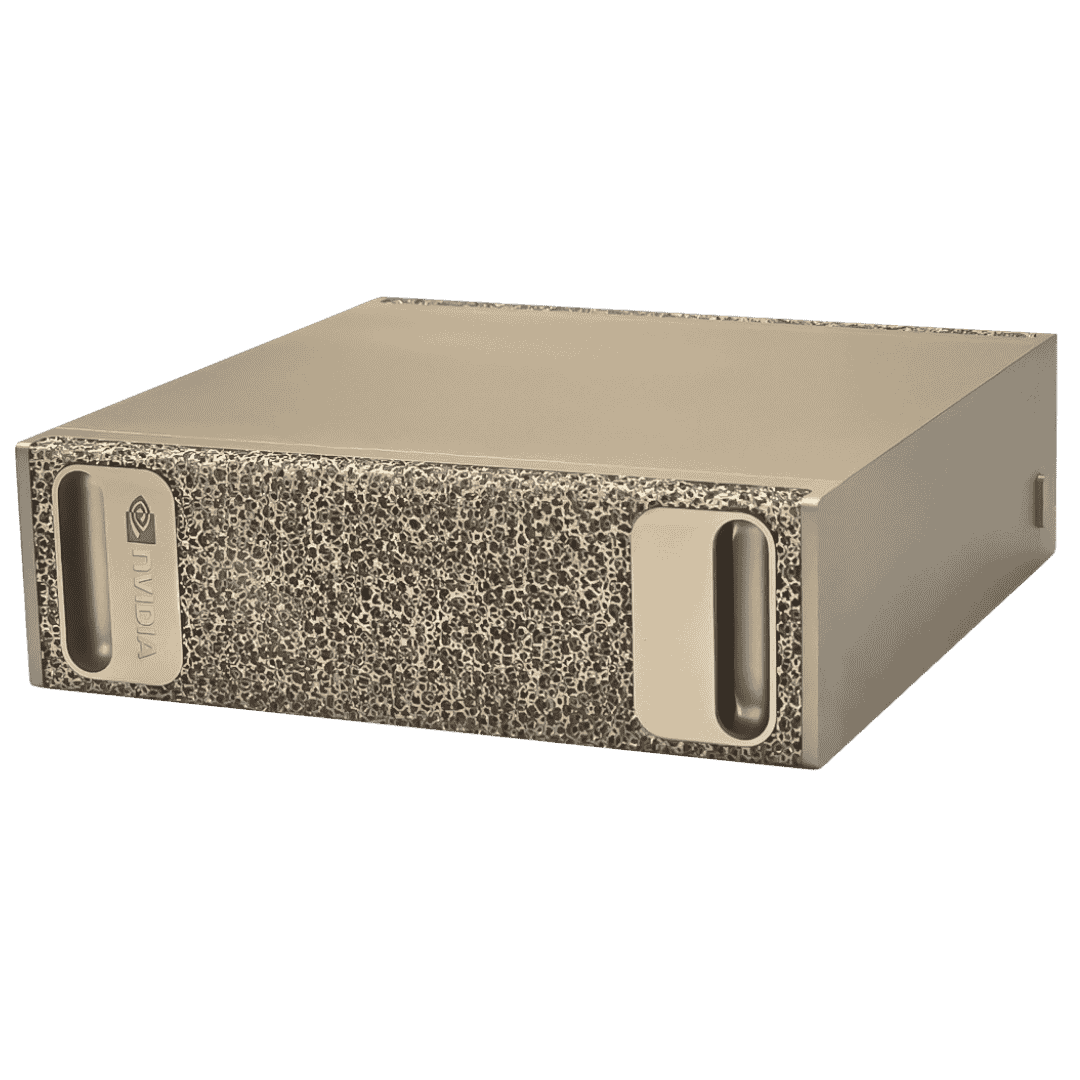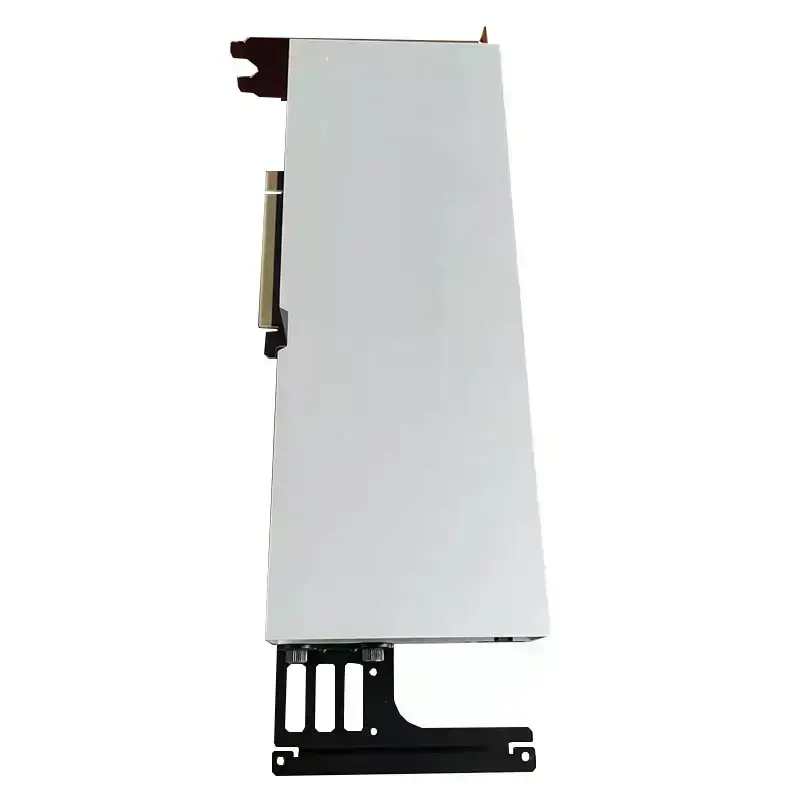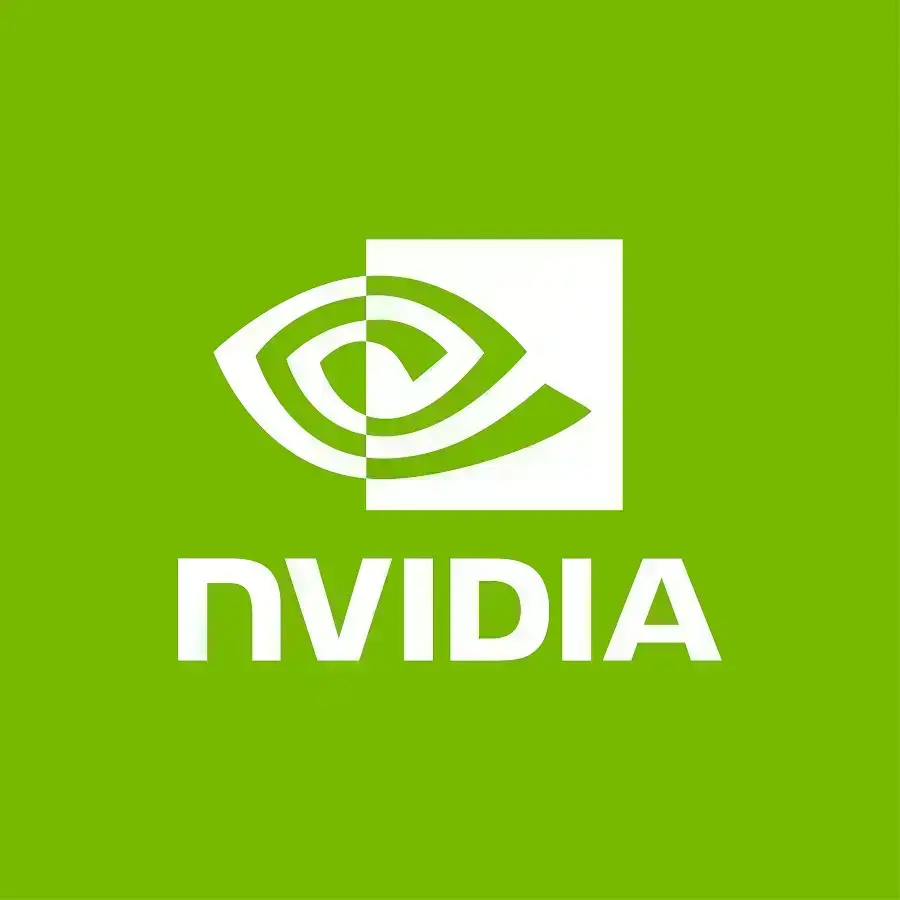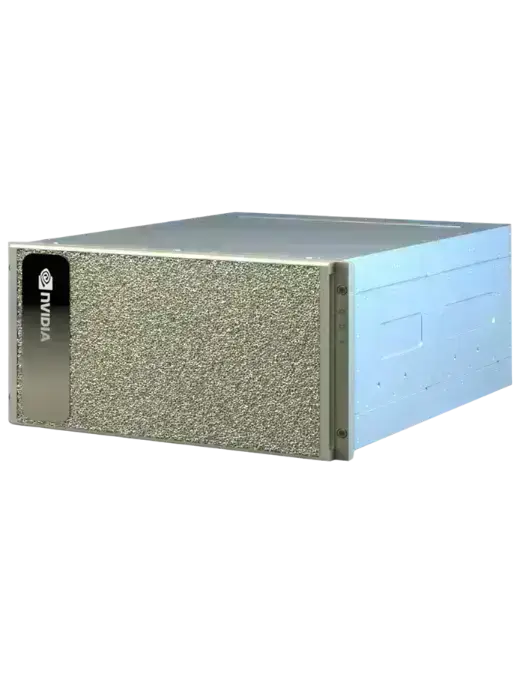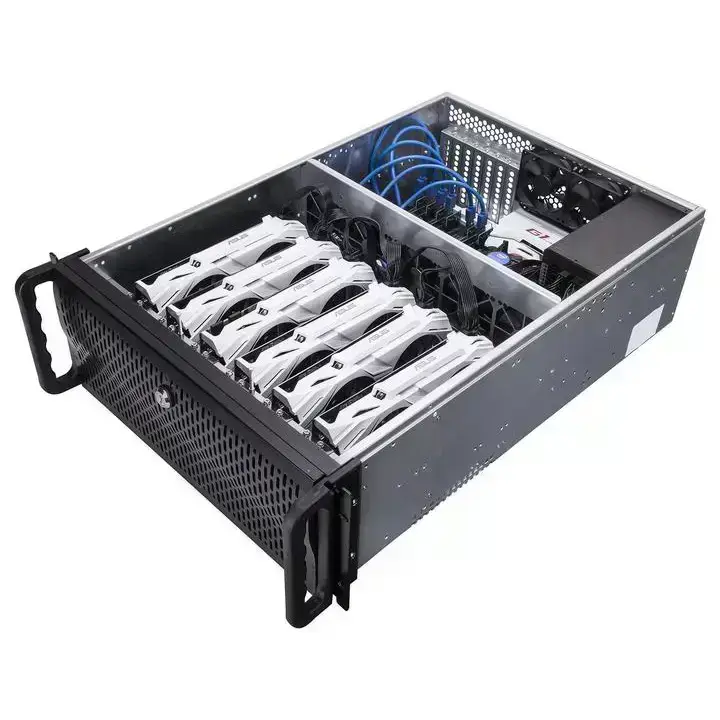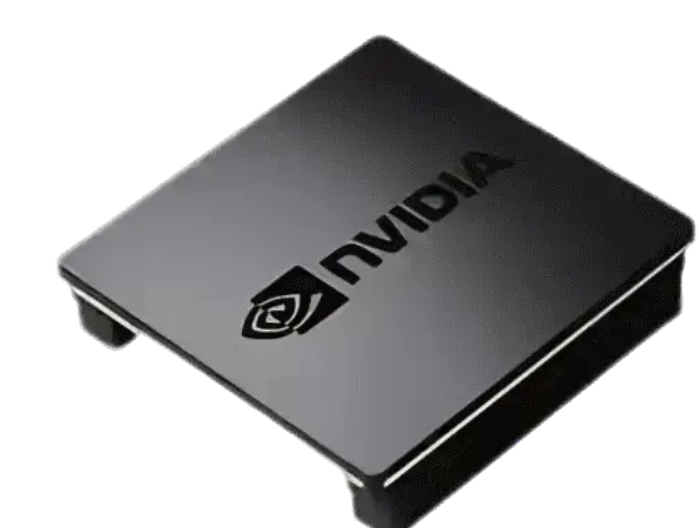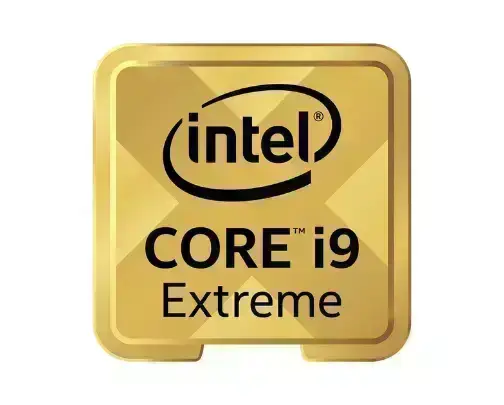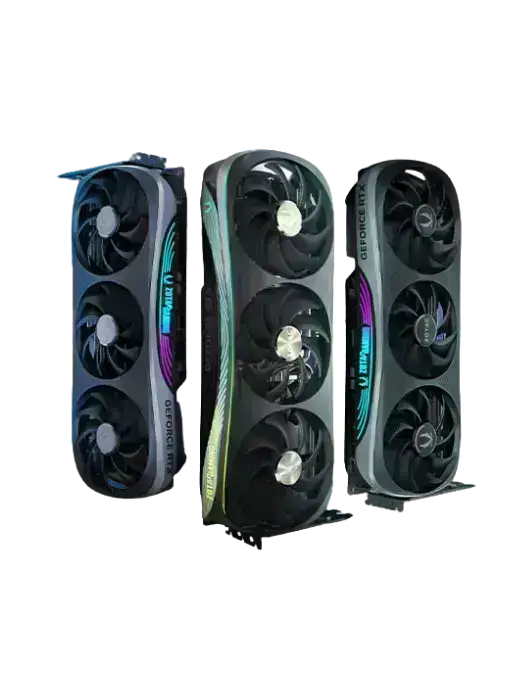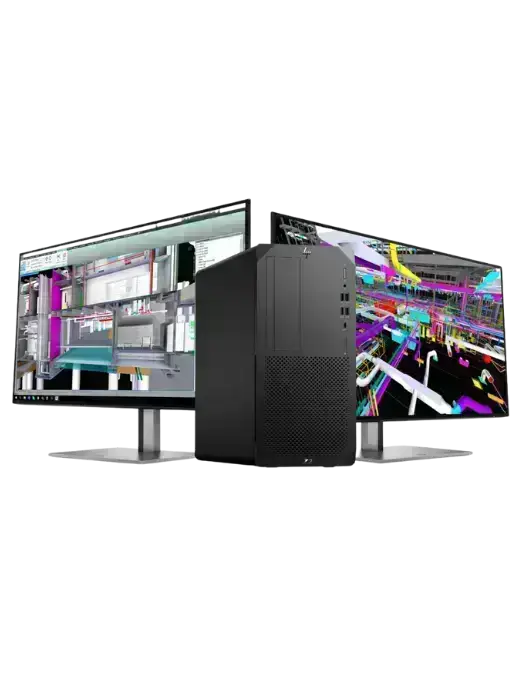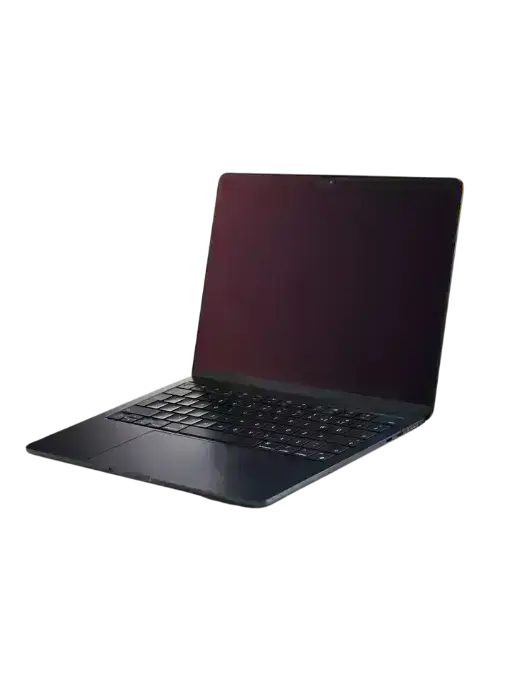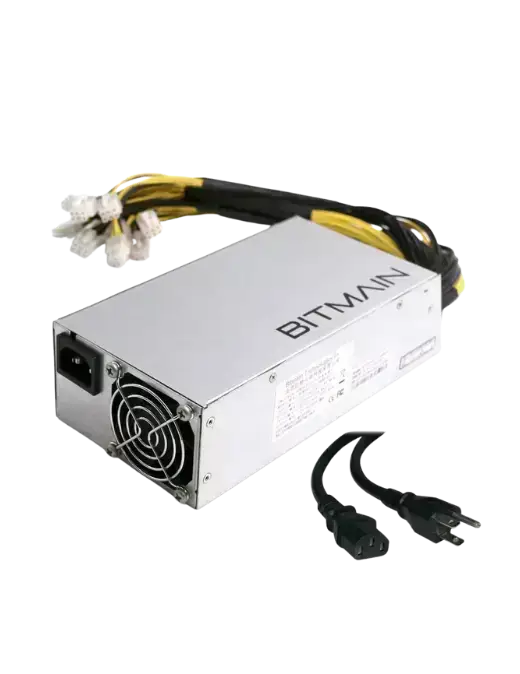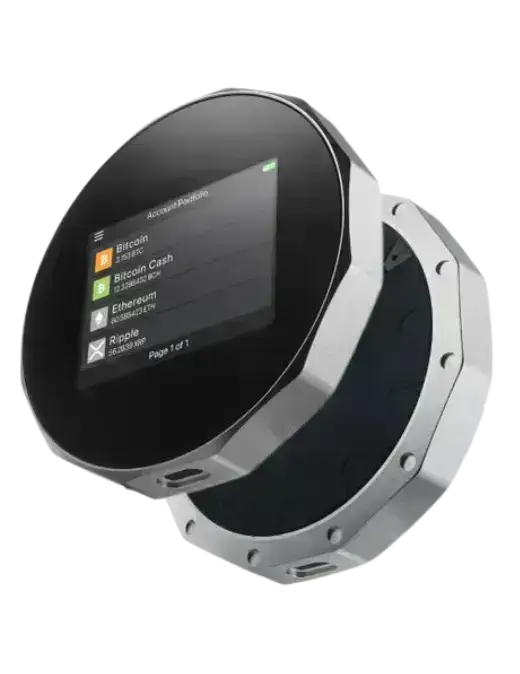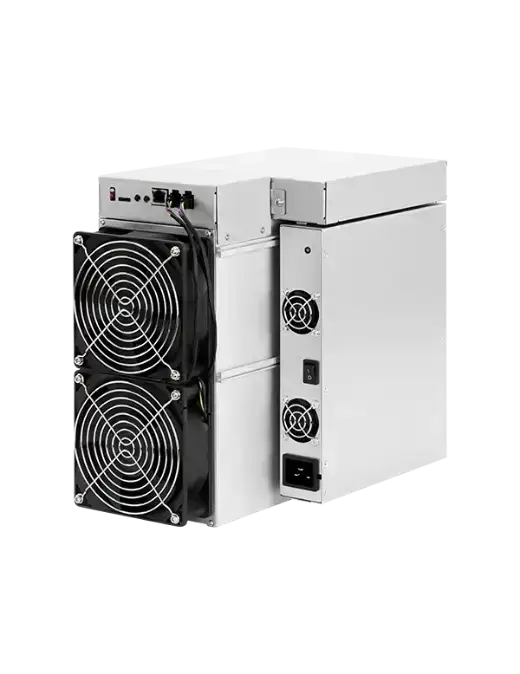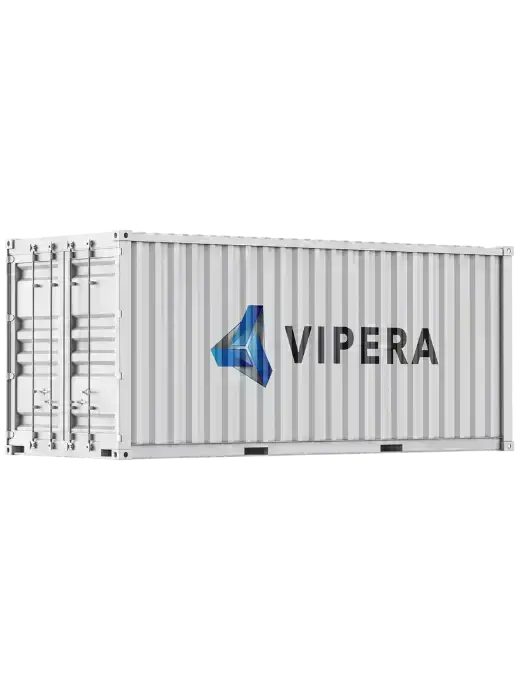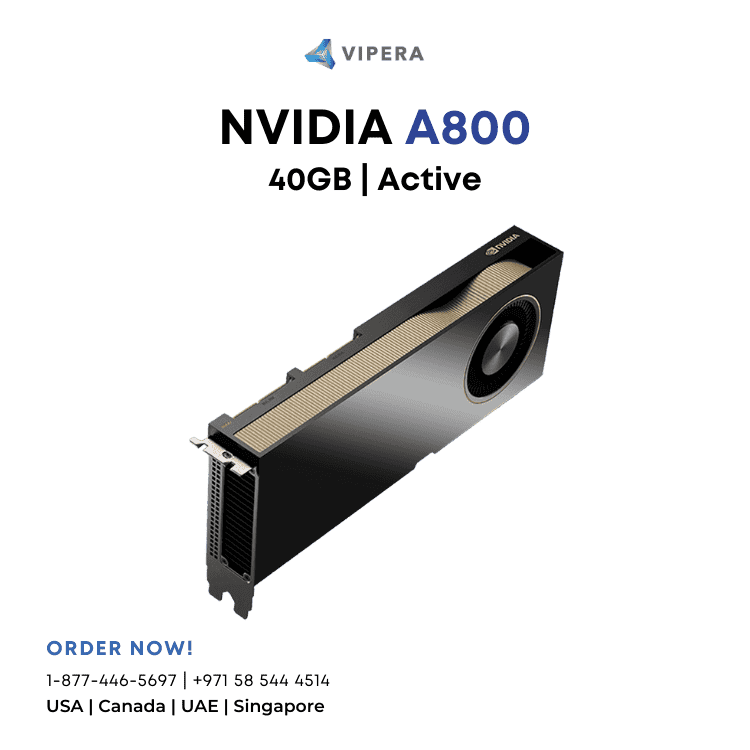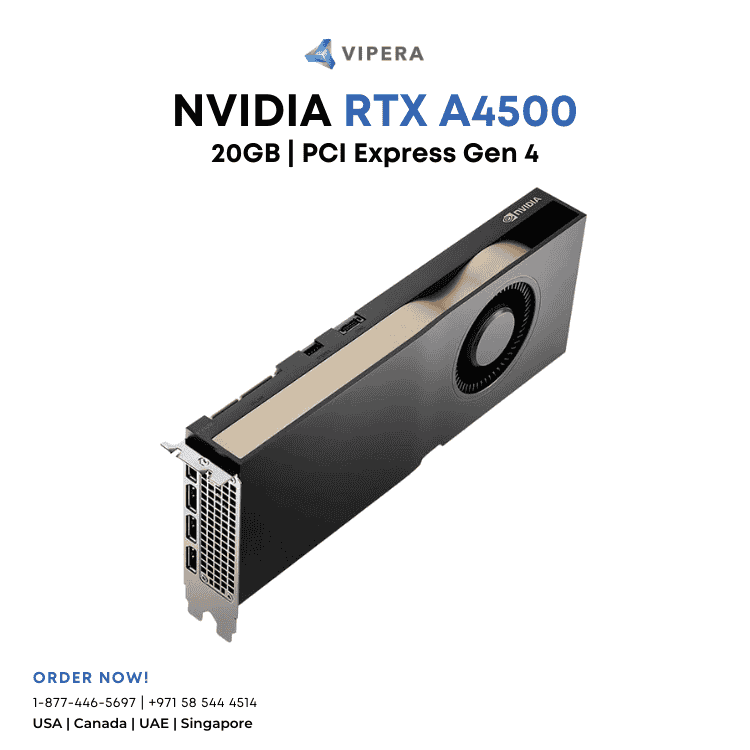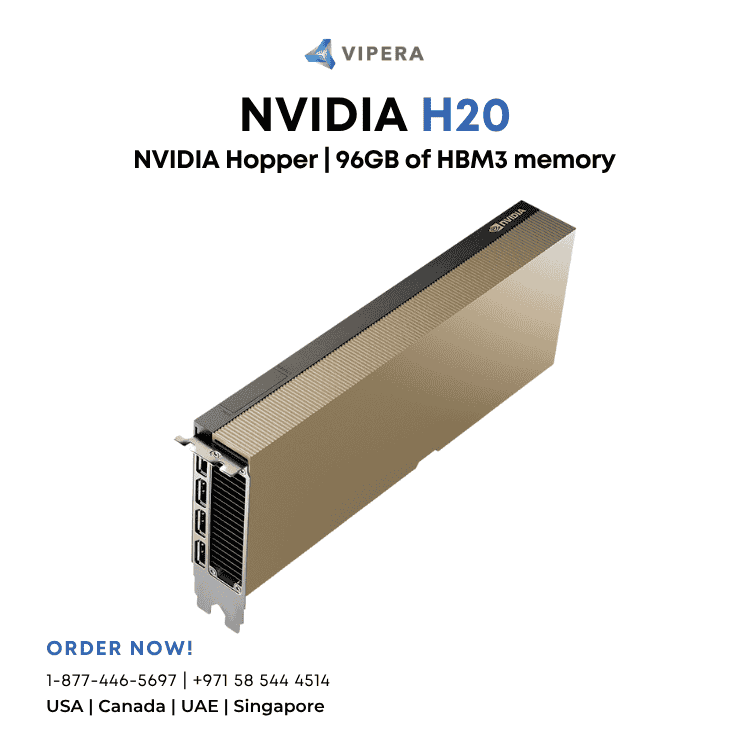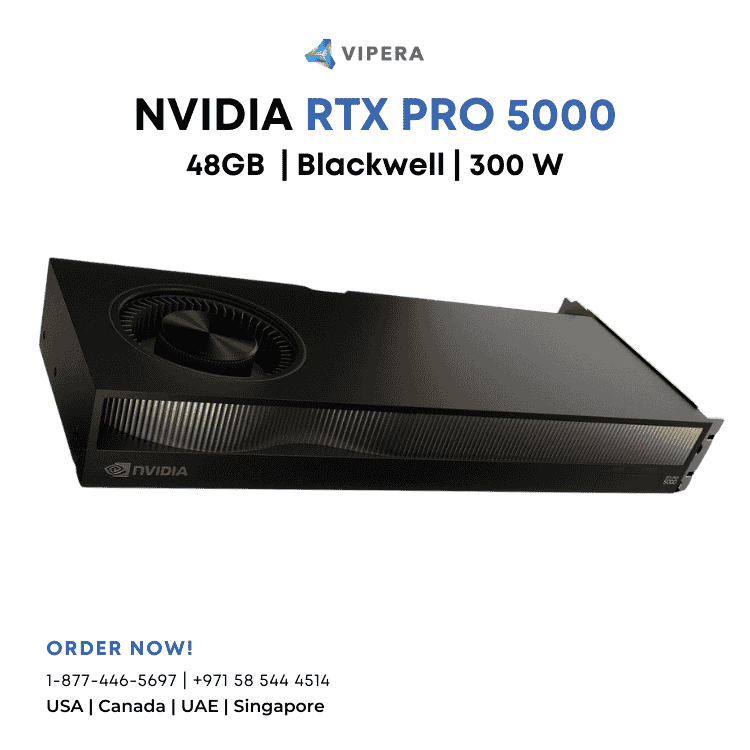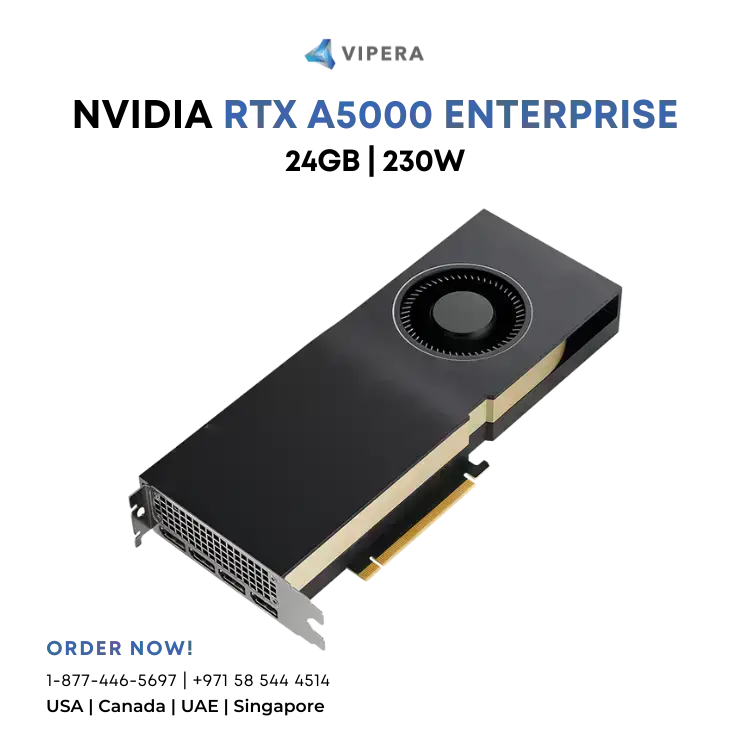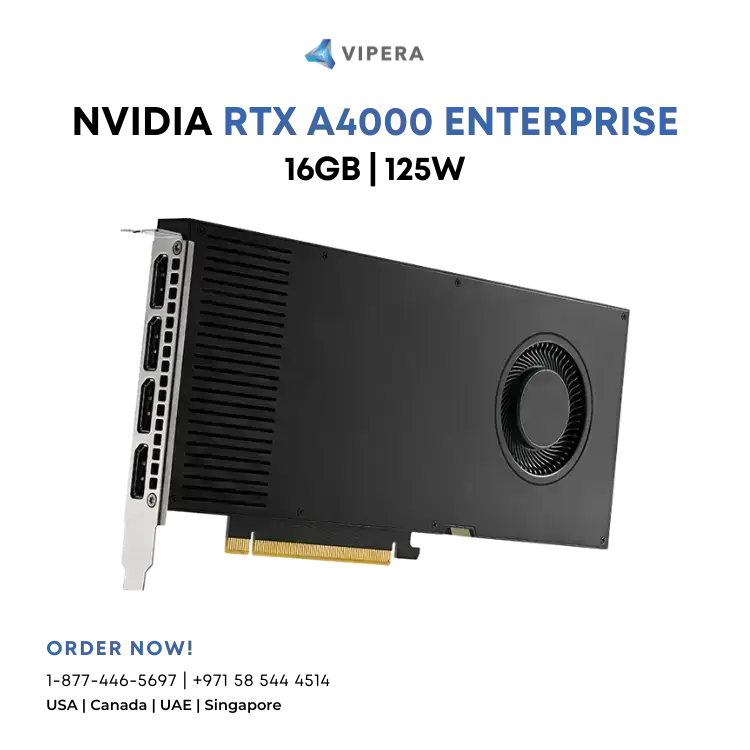About Our Enterprise and
AI GPUs
Viperatech’s
enterprise GPU
selection delivers advanced
AI graphics card
solutions designed for demanding workloads, such as deep learning,
high-performance computing, and large-scale inference. Whether you’re
training complex models or deploying AI at scale, our
AI GPUs
offer unmatched compute power, reliability, and efficiency. As a trusted
partner, we specialize in Intel and
NVIDIA enterprise GPU
offerings that drive innovation across data centers, research institutions,
and development pipelines.
Why Choose Our
AI Graphics Card Solutions?
✓
Maximum AI Performance:
Our GPUs are built to sustain high utilization while handling massive parallel compute workloads, ensuring your AI infrastructure remains fast, efficient, and ready for tomorrow’s challenges.
✓
Reliability and Durability:
Engineered for 24/7 operation, these systems feature optimized cooling, power distribution, and enterprise-grade components — minimizing downtime and increasing ROI.
✓
Scalability for Every Environment:
From an individual workstation GPU to multi-node clusters, we offer solutions that scale gracefully and integrate seamlessly into enterprise deployments.
✓
Expert Support and Integration:
Our team guides you from selection to deployment and maintenance, turning complex AI infrastructure into dependable, high-performing systems.
